Saebyeol Oreum Volcanic Cone (새별오름)
2025-08-19
San 59-8 Bongseong-ri, Aewol-eup, Jeju-si, Jeju-do
+82-64-740-6000
Located in Bongseong-ri, Aewol-eup, Jeju-si, Saebyeol Oreum Volcanic Cone is a parasitic volcano cone set alone that looks like a lonely star (Saetbyeol in Korean) in the night sky, giving this volcano cone its name. Based on the highest south peak, small peaks continue in the northwest direction, forming an oval-shape. The oreum is a mid-sized oreum among 360 oreums on Jeju Island and it features a stunning view from the peak of the beautiful ridges connecting to one another.
Hamdeok Seoubonghaebyeon Beach (함덕 서우봉 해변 (함덕해수욕장))
2025-03-31
519-10 Johamhaean-ro, Jeju-si, Jeju-do
Hamdeok Beach is located along Jeju Olle Trail Course 19. It is also referred to as Hamdeok Seoubonghaebyeon Beach due to the volcanic cone nearby. Located just 20 kilometers from Jeju International Airport, the beach is famous for its great scenery of emerald-blue waters, tall palm trees, and white sandy shore. The beach is considered one of Jeju's top three beaches. To the western end of the beach, there is a bridge built over the water. Additional amenities include a grassy field perfect for picnics and a coastal walking trail. In particular, many people visit during summer evenings to enjoy the night sea. Seoubong Volcanic Cone is beautiful in spring when it is covered in yellow canola blossoms. Climbing up to the summit offers fantastic views of the entire area, including Hallasan Mountain on clear days.
Uiseong Gounsa Temple (고운사 (의성))
2019-11-26
415, Gounsa-gil, Uiseong-gun, Gyeongsangbuk-do
+82-54-833-2324
Gounsa Temple lies on Deungunsan Mountain in Uiseong, Gyeongsangbuk-do, and was built by Monk Uisang in 681 during the reign of King Sinmun of the Silla Kingdom. Although the pronunciation of the name was never changed, its meaning slightly changed from “High Cloud Temple” to “Solitary Cloud Temple” after Choi Chi-won, a renowned scholar in the late Silla Period, helped to build two pavilions (Gaunru and Uhwaru) and renamed it. It is Branch Temple No.16 of the Korean Buddhist order, Jogyejong, and manages temples in Uiseong, Andong, Yeongju, Bonghwa, and Yeongyang.
Befitting its meaning, the temple is surrounded by outstanding scenery on Deungunsan Mountain, meaning “Riding on the Clouds.” Quite isolated from villages, the temple is a very quiet, serene place.
Gounsa Temple is home to one of the most cherished pieces of architecture, Gaunru Pavilion (“Floating over the Clouds”). This elegant pavilion is propped up by wooden columns, which are, in turn, supported by foundation stones. It looks as if the pavilion placed its feet in the water while standing.
Among the many buildings comprising the temple complex, Yeonsujeon Hall is a unique building that was built to store Eocheop (the genealogical record of royal families) in 1774 (20th year of King Yeongjo). As a royal building, it shows the Confucian architectural style, different from other Buddhist buildings within the temple.
Gokseong Dorimsa Temple (도림사(곡성))
2021-05-14
175, Dorim-ro, Gokseong-gun, Jeollanam-do
+82-61-362-2727
Dorimsa Temple was built by Monk Wonhyo in 660 during the 7th year of King Muyeol. Located approximately 4 kilometers west of Gokseong-eup, the temple houses Bogwangjeon Hall, Yaksajeon Hall, and Eungjindang Hall, among other buildings. The nature surrounding the temple is beautiful all year round, and the water flowing through the nearby valley makes it a popular place to visit during the hot summer season.
Gacheon Daraengi Village (가천 다랭이마을)
2025-03-16
21 Nammyeon-ro 679beon-gil, Namhae-gun, Gyeongsangnam-do
Daraengi Village in Namhae is famous for terraced rice paddies on a steep hill on the outskirts of Seolheulsan Mountain. The picturesque rice paddies make up 108 steps (consisting of stones and soil) and are great for taking photographs. Located in the south, the village is balmy in winter, and spring greens such as mugwort and spinach sprout before any other place in Korea. Environment-friendly agriculture flourishes because the sea breeze prevents insect pests.
This land of friendly people and fertile soil is home to Daraengi Rice Paddy Festival every spring. The festival offers a slew of interesting programs allowing visitors to experience traditional farming and learn the culture and customs of Daraengi Village.
Seoul Children's Grand Park (서울어린이대공원)
2024-11-28
216 Neungdong-ro, Gwangjin-gu, Seoul
Opened in May 1973, Seoul Children’s Grand Park is a theme park situated among green forests and fields with a total area of 56,552㎡. It contains a zoo, arboretum, amusement park, and performance venues. Seoul Children’s Grand Park has been a beloved part of Seoul, a paradise for children and a living venue for education. For grown-ups, it functions as an area of refuge and culture within the city. The Grand Park offers facilities that everyone in the family can enjoy, so everyone can find their own fun in the Grand Park.
Jeju-mok Government Office (제주목관아)
2024-03-15
25 Gwandeok-ro, Jeju-si, Jeju-do
+82-64-710-6714
The Jeju-mok Government Office was a gwana, or regional government office, that historically served as the center of Jeju Island’s political, administrative, and cultural activities, spanning from its early days as the State of Tamna through the Joseon period. A significant portion of the structure was destroyed in a fire in 1434, leading to subsequent rebuilding efforts. From 1991, archeological excavations were conducted in four stages, enabling the meticulous restoration of several key buildings within the complex. These include the Honghwagak Pavilion, Yeonhuigak Pavilion, Uyeondang Pavilion, Gyullimdang Pavilion, and Gwandeokjeong Pavillion, all of which were restored by December 2002. Additionally, the complex is known for hosting annual nighttime events.
Gurye Cheoneunsa Temple (천은사(구례))
2021-10-02
209, Nogodan-ro, Gurye-gun, Jeollanam-do
+82-61-781-4800
Located north of Gurye on Jirisan Mountain, and built during the Unified Silla Period, Cheoneunsa Temple is one of the three great Buddhist temples of Jirisan Mountain. Cheoneunsa Temple is believed to have been built by Monk Deokun and Monk Seru from India in AD 828 during the 3rd year of King Heungdeok. Because it initially laid next to spring water as clean and cold as a morning dew, the temple was also called Gamrosa, meaning Sweet Dew Temple. The spring water was rumored to clean one’s body and soul, leading to crowd of Buddhist monks to visit the temple. During King Chungryeol’s reign, the temple was named the Best Temple in the south.
The temple was burned down during the Imjin War (1592-1598) and then later rebuilt and renamed Cheoneunsa. Legend has it that while the temple was being rebuilt, a large serpent often came out of the spring. When the serpent was finally captured and killed, the spring waters suddenly dried up. Hence the name Cheoneunsa, meaning Disappearance of Spring Water, was given.
Herb Island (허브아일랜드)
2024-11-01
35 Cheongsin-ro 947beon-gil, Sinbuk-myeon, Pocheon-si, Gyeonggi-do
+82-31-535-6494
Herb Island is an arboretum themed after the Mediterranean. From the Venice Village, inspired by Venice, to the Herb Plant Museum, one of the largest of its kind in Korea, outdoor garden, Herb Healing Center, and cafés and restaurants, it has a variety of amenities and facilities for visitors. It also hosts diverse events like the Lavender Festival and the Light Festival. Nearby tourist sites include Soyosan Mountain, Dongducheon Recreational Forest, and Pocheon Art Valley.
Yeongildae Beach (영일대해수욕장)
2025-01-08
95, Haean-ro, Buk-gu, Pohang-si, Gyeongsangbuk-do
+82-54-270-2114
With an area of 406,613.4 m² and a length of 1,750 meters, Yeongildae Beach is the largest beach on Korea's eastern coast. Along with Songdo Beach, it is known as one of the most popular beaches in Pohang. It is a great place for families and friends during summer vacations. The beach has several lodging facilities and restaurants that offer fresh seafood and hoe (sliced raw fish) nearby.
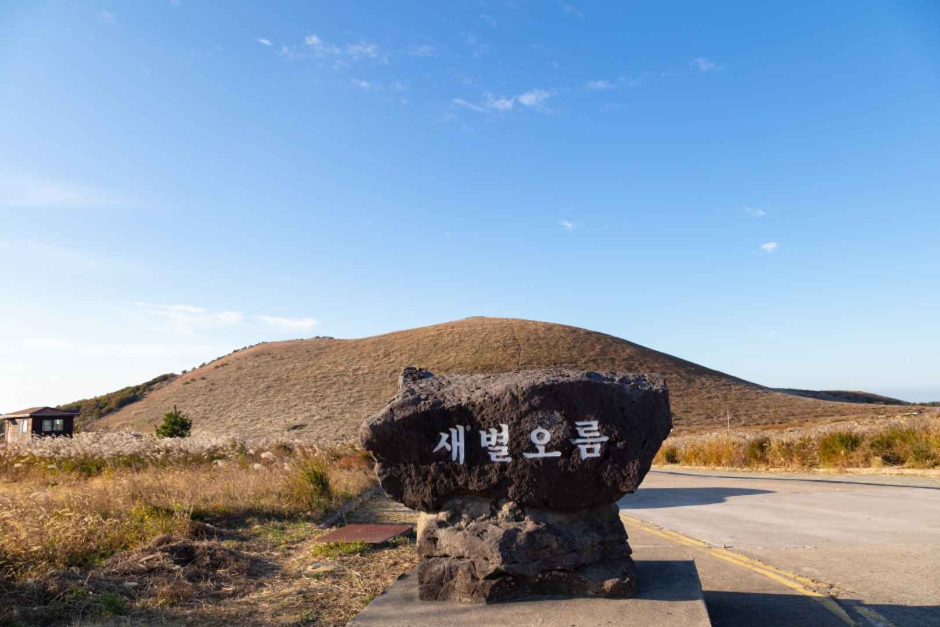
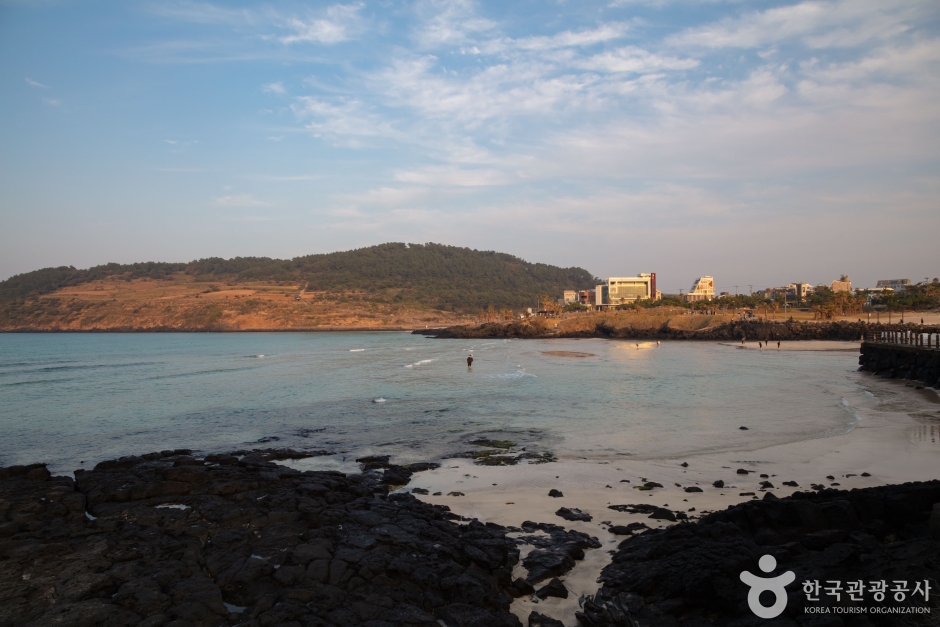
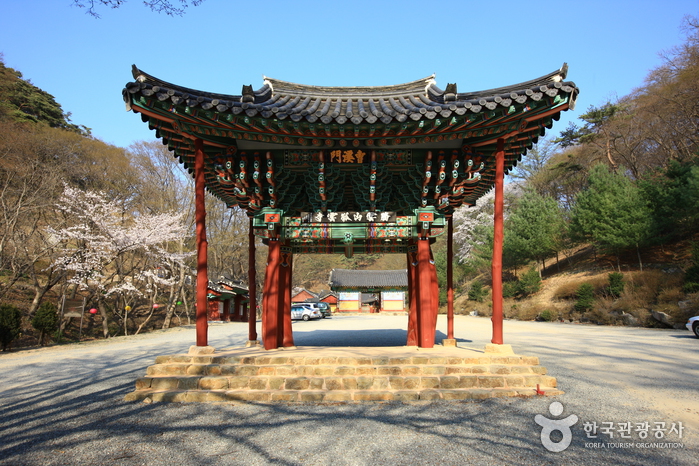
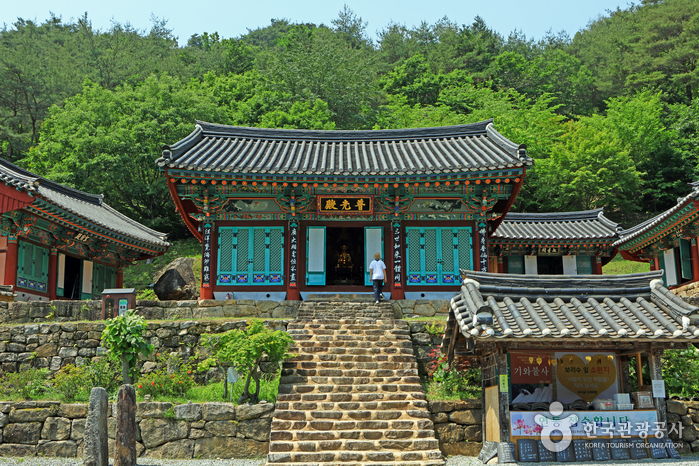
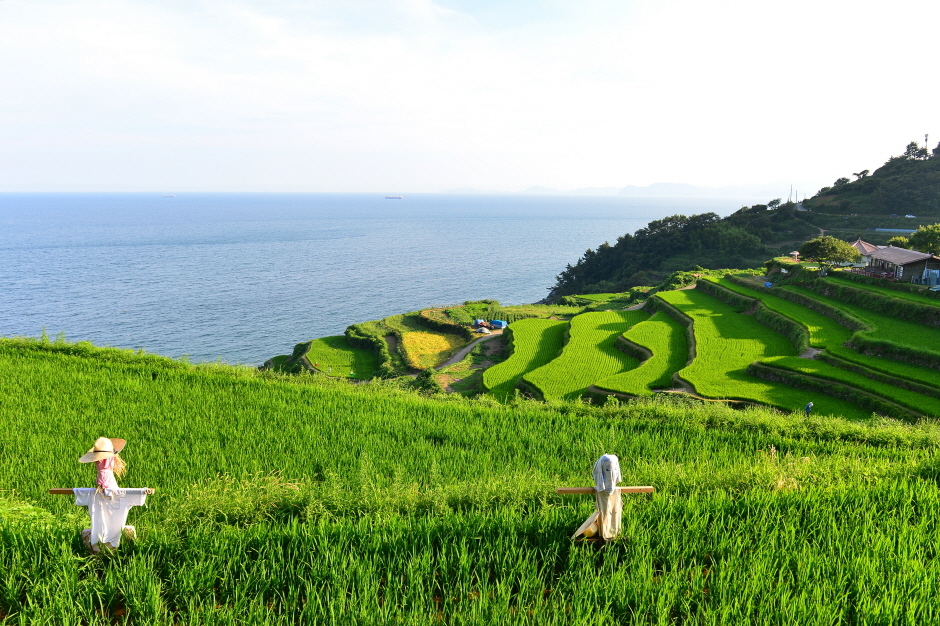
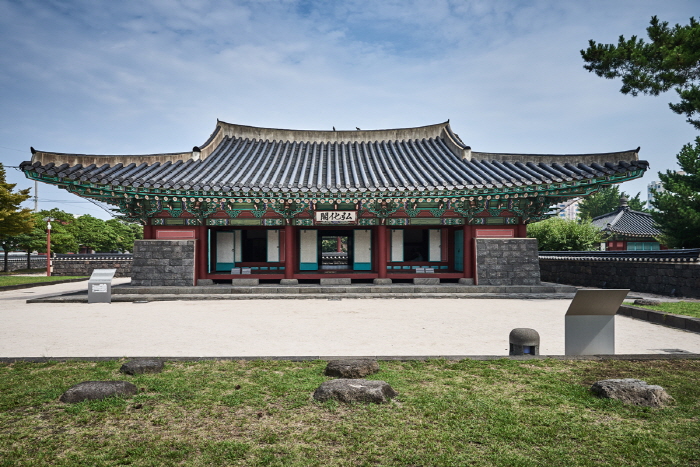

 English
English
 한국어
한국어 日本語
日本語 中文(简体)
中文(简体) Deutsch
Deutsch Français
Français Español
Español Русский
Русский